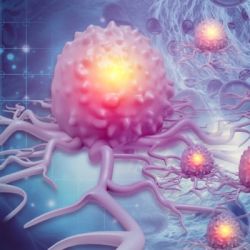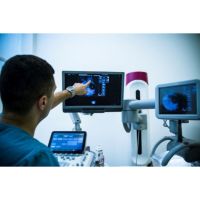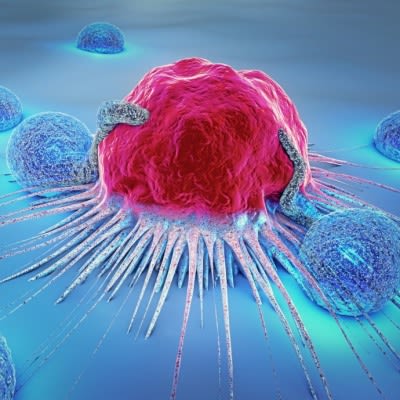A study published in Nature Scientific Reports revealed striking differences in the way radiologists and artificial intelligence (AI) systems perceive breast cancer lesions. Given that how they recognise breast cancer differs, this New York University study demonstrates the potential value of combining both human and AI methods when making medical diagnoses.
The AI system in question is a deep neural network (DNN) which simulates the learning performed by neurons. On a data set consisting of 229,426 screening mammography exams from 141,473 patients, this study’s DNNs learned to distinguish cancerous lesions since each exam was marked as malignant or benign. One issue with the approach is that it is sometimes different to understand what features the AI uses to differentiate. Thus, in the current study, seven radiologists and an AI read the same 120 exams. Both the diagnosis and features used by radiologists and AI were compared.
Radiologists diverged significantly from the AIs in how they diagnosed soft tissue lesions. While radiologists relied on brightness and shape, the DNNs depended on high-frequency components scattered across the images and outside regions radiologists considered suspicious.
“In these breast-cancer screenings, AI systems consider tiny details in mammograms that are seen as irrelevant by radiologists,” explains Dr Krzysztof J. Geras, the study’s senior author. ‘This divergence in readings must be understood and corrected before we can trust AI systems to help make life-critical medical decisions.’
Click herefor the latest Women's Health news
Source: Nature Scientific Reports, Eurekalert!
Image Credit: iStock






.jpg)
















